TfL Complete 4G Mobile Rollout for the Elizabeth Line in London
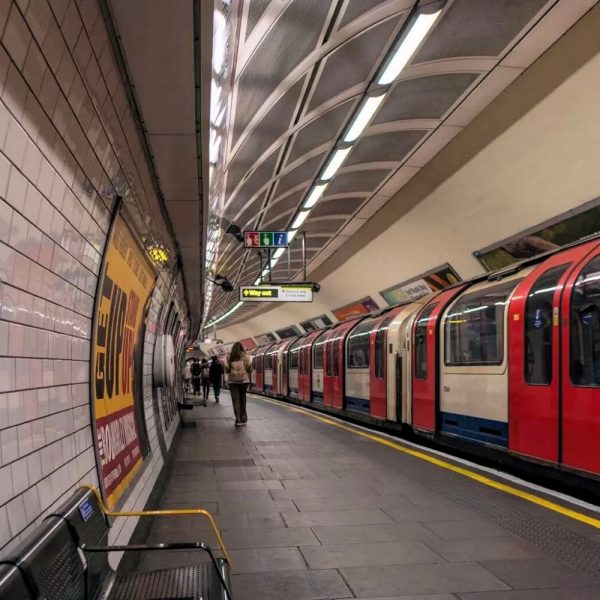
The latest update from Transport for London (TfL) and Boldyn Networks has today revealed that they’ve completed the work to bring 4G and 5G mobile (mobile broadband) coverage to the entire Elizabeth Line, including tunnelled sections in between stations, which can be harnessed by mobile operators including EE, Vodafone, Three UK and O2.
Just to recap. Boldyn Networks (formerly BAI), using kit from Nokia and others, currently holds a 20-year concession deal with TfL, which was signed in June 2021 (here) and allows them to build the new 4G and 5G “Ready” mobile network infrastructure across the whole Tube (London Underground), DLR and Elizabeth line network.
This new network can then be made available via wholesale for Mobile Network Operators (MNO) to harness. The original goal of this is to cover the entire London Underground by the end of 2024 (ticket halls, platforms and tunnels), as well as Highbury and Islington and New Cross on the London Overground network. But the Mayor of London, Sadiq Khan, acknowledged in March 2024 that “small sections of some lines, such as those that are closer to the surface, where partial mobile coverage exists, require bespoke works that may extend into 2025/26.”
Advertisement
The completion of the Elizabeth Line project is a key milestone in this roll-out, which means hundreds of thousands of customers travelling across central London to Whitechapel, Stratford, Canary Wharf, Custom House and Woolwich will enjoy seamless connectivity as they travel between stations. It will also help to extend the Emergency Services Network (ESN) for first responders.
The Mayor of London, Sadiq Khan, said:
“Bringing mobile coverage to the Underground network is a key commitment of mine, so I’m delighted that the entire Elizabeth line network now has 4G connectivity.
This is yet another step towards ensuring Londoners and visitors can stay connected on our transport network and means customers can access the latest travel information, keep in touch with colleagues, friends and family throughout their journey on the Elizabeth line.
Growing numbers of underground Tube stations now have 4G and 5G services, with many more to come as we continue to build a better London for everyone.”
Large sections of central London now have the new 4G and some 5G coverage, and work is underway to expand coverage along the Northern line towards Morden, as well as between King’s Cross St Pancras and Moorgate by the end of the year and early 2025.
Coverage on the Bakerloo line will, in the “coming weeks“, also be extended along the tunnelled sections between Piccadilly Circus and Embankment, with further stations along the line, as well as the Piccadilly and Victoria lines, set to get coverage in the “coming months“.
At points, up to 500 people have been working overnight across the Tube network to install the new mobile equipment, with all works needed to be tidied away before the network opens for customers every morning. Once fully delivered, more than 2,000km of fibre optic cabling, as well as thousands of radios (base stations, small cells etc.), are expected to be installed within tunnels and stations – fitted outside of operational hours.
Advertisement
Mark is a professional technology writer, IT consultant and computer engineer from Dorset (England), he also founded ISPreview in 1999 and enjoys analysing the latest telecoms and broadband developments. Find me on X (Twitter), Mastodon, Facebook, BlueSky, Threads.net and Linkedin.
« Mobile Operator Three UK Introduce RCS Support for iOS with v18.2






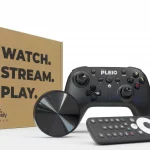
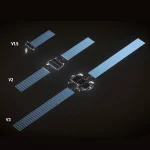

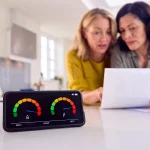
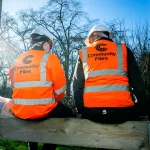
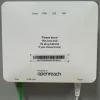
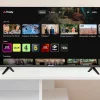

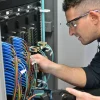
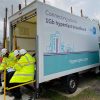







































Great news.
Though, the Elizabeth line is not a Tube line! (Picture is of the Central line, probably)
Sadly, we don’t have any PR / licensed images of the Elizabeth line, so that’s as close as we can get right now :).
What qualifies as a “tube” line? Because the thing connects with a ton of other lines and is by far the most reliable line
We appreciate the articles as always Mark 🙂
John,
Tube = London Underground, a mode or class of transport. It consists of multiple different lines within that mode, e.g. Central, Northern etc.. Similar to how the Overground as a mode has now recently been split up into 6 lines. Elizabeth line is a mode category all on its own, think of it as the first line in the Crossrail mode.
@Mark Jackson – TfL do make images available for the media (search for ‘TfL press images’), though a copyright acknowledgement is required if used, something which might not work with the ISPr modus operandi (thinking in particular of the shrunken thumbnail images).
@Mark Jackson – Er, having said that I see that the TfL ‘Press Images’ Flickr stream hasn’t been updated since 2020, and the Elizabeth line opened in 2022, so it doesn’t feature any images of the completed line.
@EJ there is a clear difference between the liz line and the other ones because of the size of the train, and theres a clear difference with the DLR since it is smaller, but there is no difference between the overground and say the central line for example, except for the fact that the overground usually has better AC when it works
@John
Apologies for being pedantic here but there is a clear difference between Elizabeth line and your example of the central line in that the Elizabeth line is a proper full scale high speed train powered via overhead lines (not the rails). Inside the carriages, the seating arrangements are like on all highspeed trains not like the lower speed underground trains.
I spend a lot of time travelling around London and progress seems to have stalled in recent months. Strangely, Vodafone appears to be the only operator which has not introduced signal on the Victoria line from Green Park to Euston. A lack of signal makes a big difference to a long commute and battery life. I hope that signal on more lines will be introduced soon.
They should have just installed decent wi-fi on th trains that all users could connect to automatically via their mobile network (just like happens in the stations), and then backhaul the trains via mmWave.
It would have been cheaper, easier, and quicker to deploy. And it would have provided far more reliable and consistent connection for users instead of switching between 100’s of small cells at high speed as 1000’s of users whizz pass them.
It’s impossible to connect to a conference call on one of these trains without it keep cutting out.
The reason it is being done the way it is, is because of commercial reasons between Boldyn and the operators.
The United Kingdom pioneered railway transportation and led the world in its development during the Victorian era. However, while British politicians frequently discuss modernizing rail infrastructure, actual progress has lagged behind other nations. For instance, Sweden implemented comprehensive mobile coverage on their rail network in the early 2000s, yet in 2024, several UK rail lines still lack basic connectivity. This contrast between Britain’s historic leadership in rail innovation and its current state of implementation highlights a concerning gap between political rhetoric and actual infrastructure development.